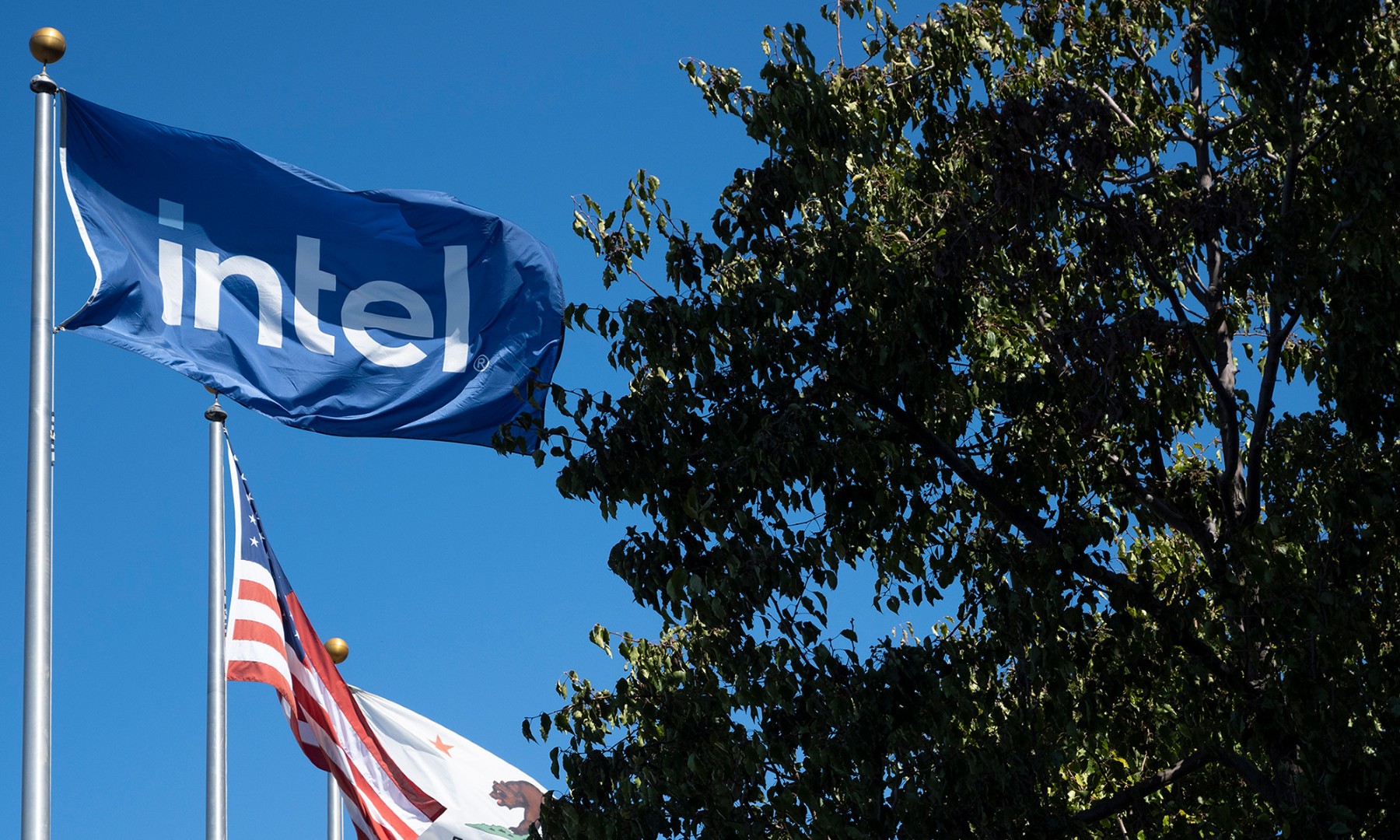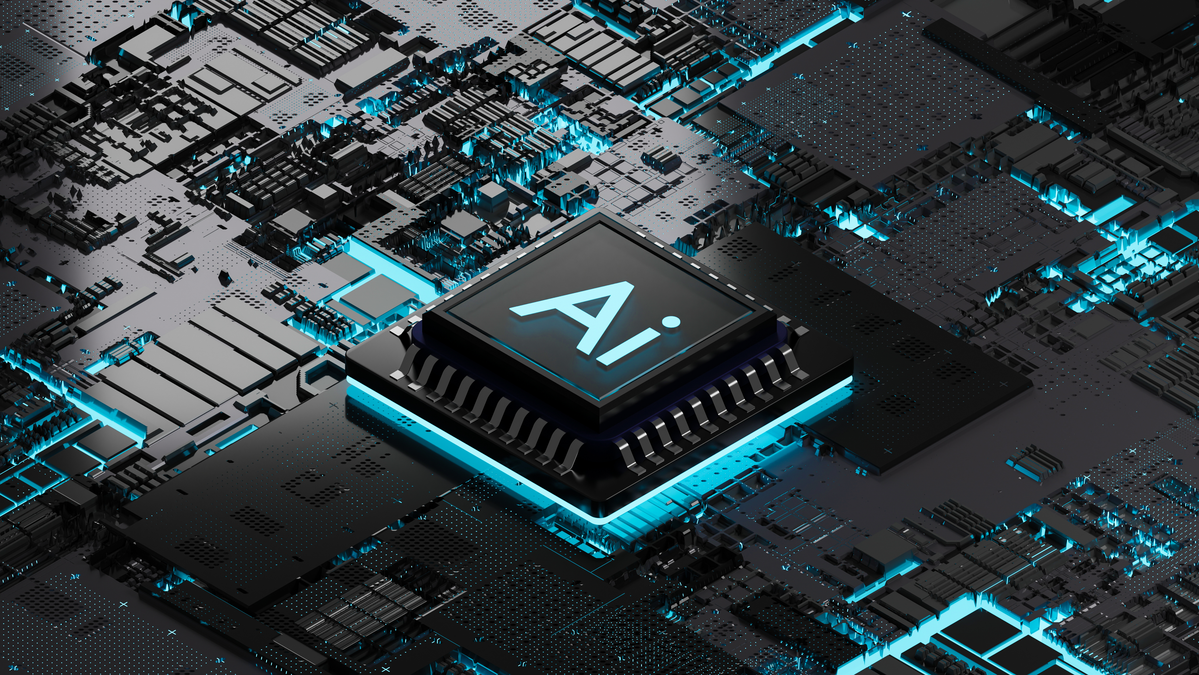Intel (INTC +0.69%) is developing its own augmented reality headset, equipped with its depth-sensing RealSense cameras, according to the Wall Street Journal. But unlike Microsoft (MSFT 2.69%) and its HoloLens, the Intel headset is only being built as a tech demo rather than a commercial product.

Microsoft HoloLens. Source: Microsoft
This isn't Intel's first major step in the AR market -- in the past year, the company acquired AR sports goggle maker Recon Instruments and partnered with headset maker IonVR to develop a RealSense-powered AR headset. Intel didn't reveal any additional details regarding the device, but its development raises an interesting question -- will Intel eventually enter the AR headset market with its own reference designs for OEMs?
Why RealSense matters to the AR market
Intel's RealSense system uses dual cameras to track and scan objects in three-dimensional space. This makes them a logical hardware choice for AR devices which "augment" real-life objects with digital overlays.
The technology is already used for motion-controlled games, augmented video chat, and 3D-scanning purposes in tablets, 2-in-1s, and laptops. Intel has also it to help drones and connected cars avoid obstacles. Last year, Intel integrated RealSense cameras with Alphabet's Project Tango tablets, which transform real-world surroundings into virtual ones. At CES in January, Intel revealed a RealSense reference design for smartphones as well.

IonVR RealSense-powered AR headset. Source: IonVR
Why the AR market matters to Intel
Intel is notably investing in augmented reality while many other tech companies are focusing on virtual reality first. Last year, Samsung launched the Gear VR, a $99 device which turned some of its phones into VR headsets. Facebook and HTC will respectively launch the Oculus Rift and Vive soon, while Sony will start selling its PlayStation VR headset for PS4 consoles later this year.
Tech M&A advisory firm Digi-Capital estimates that the VR market will grow from practically nothing today to $30 billion by 2020, thanks to rising interest in VR games, movies, and experiences. However, the firm also estimates that the AR market will be worth three times more at $90 billion by 2020, thanks to the more practical real-world uses of AR applications.
Digi-Capital believes that nearly half of all AR revenue will be generated by hardware sales in 2020. If Intel bundles RealSense cameras and Atom processors in single reference designs for AR headsets, many OEMs like IonVR might sign up to enter the market. If that happens, Intel can secure a foothold in the space -- something it failed to do with smartphones. That move can also help Intel diversify away from the sluggish PC market, which caused its Client Computing (PC and mobile) revenue to fall 8% last year.
The need for cheaper hardware
Intel's longtime partner Microsoft is an early mover in AR, but the $3,000 price tag for its first HoloLens dev kit could convince developers to create apps for cheaper VR devices instead. The HoloLens doesn't appear to use a RealSense camera, but it's reportedly powered by an Intel 32-bit processor and a Microsoft Holographic Processing Unit (HPU).

The HoloLens dev kit. Source: Microsoft
If Intel and Microsoft work together to integrate the cameras and processors into more cost-efficient SoCs, the price of the HoloLens could drop significantly in future dev kits. Even if Microsoft decides against using Intel-dominated designs, Intel could help rival AR headset makers produce cheaper devices, which could force Microsoft to lower its prices, broadening the AR market's appeal among mainstream developers and consumers.
Take these reports with a grain of salt
Intel has made some promising moves into the AR market, but it's unclear if AR headsets and apps will live up to the hype. Three years ago, Google promoted Glass as a huge leap forward in wearable computing, but the AR glasses were so widely mocked that Google took the device back to the drawing board.
Mobile chip giant Qualcomm tried to tap into the same market with its AR development platform Vuforia, but it agreed to sell the unit to PTC last October, indicating that the near-term profitability of the AR market is limited. Therefore, investors should follow Intel's AR moves, but remember that these investments probably won't bear any fruit for at least several years.






